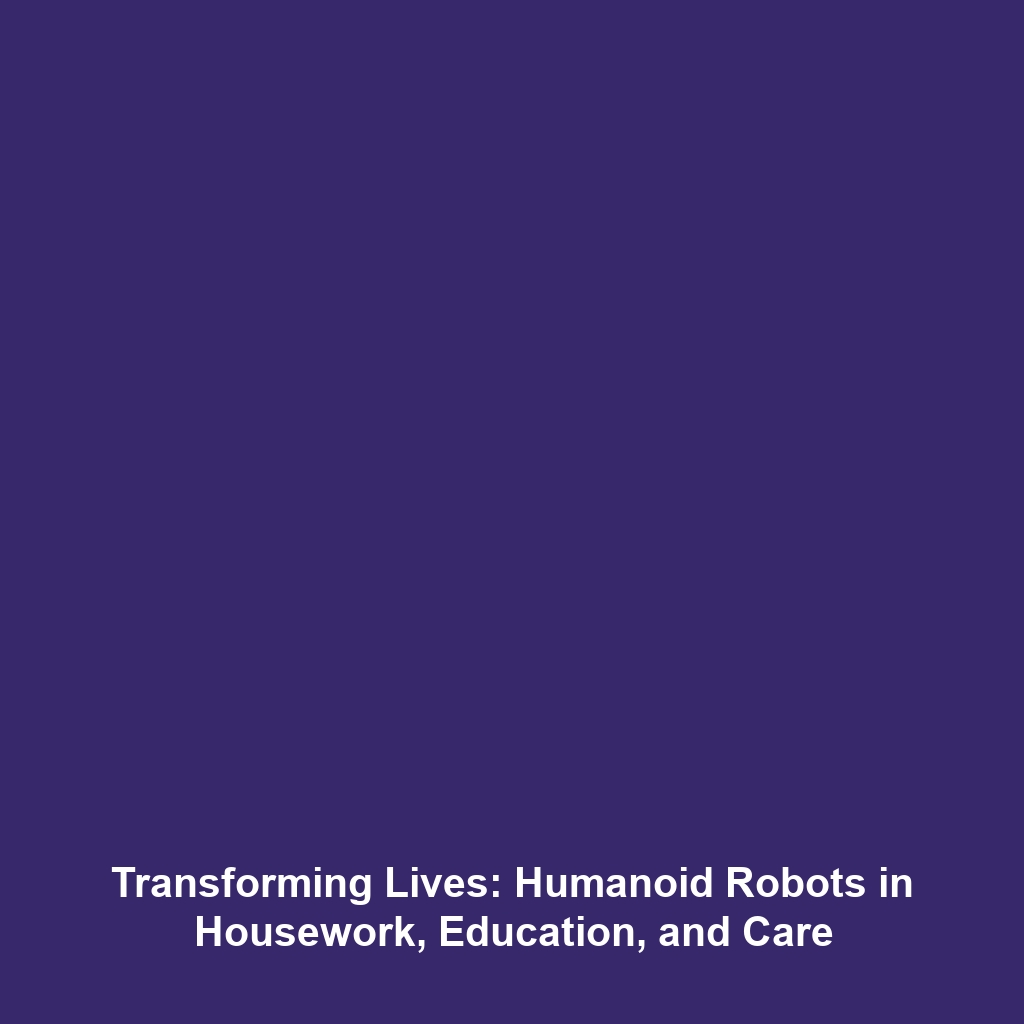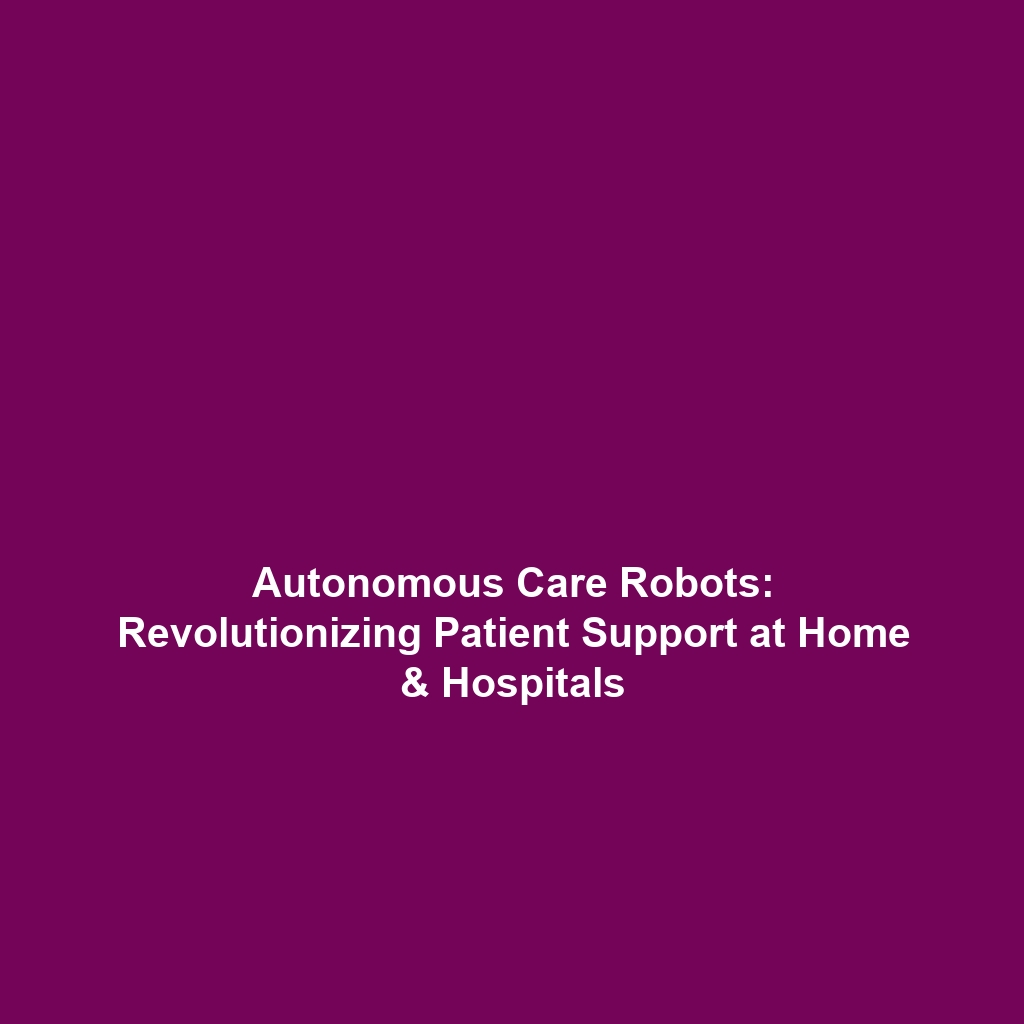Advancements in Humanoid Robots: A University Research Perspective
Introduction
In recent years, universities and research institutions have taken the lead in developing humanoid robots that enhance our understanding of artificial intelligence (AI), robotics, and human interaction. This development is crucial within the broader context of humanoid robots, as these sophisticated machines not only push the limits of technology but also raise significant questions about their future role in society. By studying humanoid robots, researchers aim to bridge the gap between human behavior and machine learning, a task that holds great promise for future innovations.
Key Concepts
Understanding Humanoid Robots and AI
Humanoid robots are designed to mimic human form and behavior, allowing them to interact more naturally with people. Key concepts in this field include:
- Artificial Intelligence: Enabling robots to learn from their environment and improve interactions through algorithms.
- Robotics: The practical application of engineering and computer science in building robots that can perform specific tasks.
- Human Interaction: Studying how robots engage with humans in both social and professional settings.
Applications and Real-World Uses
The advancements made by universities and research institutions in humanoid robotics have resulted in numerous applications across various fields, including:
- Healthcare: Humanoid robots are being used for patient care and rehabilitation, assisting in physical therapy.
- Education: Interactive robots can be employed as educational tools to teach children concepts in science and technology.
- Customer Service: Some humanoid robots are implemented in retail settings to assist customers and enhance their shopping experience.
This demonstrates how the developments in humanoid robots for studying AI and robotics are transforming industries.
Current Challenges
While the growth in the field is promising, there are several challenges of humanoid robots that must be addressed:
- Technical Limitations: Current humanoid robots struggle with complex tasks and need robust AI systems.
- Ethical Concerns: The implications of humanoid robots in society raise questions about privacy and dependency.
- Cost: High development and operational costs hinder widespread adoption.
Future Research and Innovations
Looking ahead, ongoing research in the field of humanoid robots is set to introduce revolutionary innovations:
- Advanced Learning Algorithms: Future humanoid robots will leverage deep learning to improve adaptability and responsiveness.
- Emotional Intelligence: Research is being conducted to enable robots to recognize and respond to human emotions effectively.
- Collaboration with Humans: Innovations that allow seamless interaction between humans and robots will be a focus of future studies.
Such breakthroughs can redefine the capabilities and acceptance of humanoid robots in society.
Conclusion
In summary, universities and research institutions developing humanoid robots play a pivotal role in advancing our understanding of AI, robotics, and human interaction. Their efforts highlight both the potential and challenges associated with this technology, providing a glimpse into a future where robots and humans coexist and collaborate. For further insight into this fascinating topic, visit our other articles on AI in Robotics and Human-Robot Interaction Studies.






